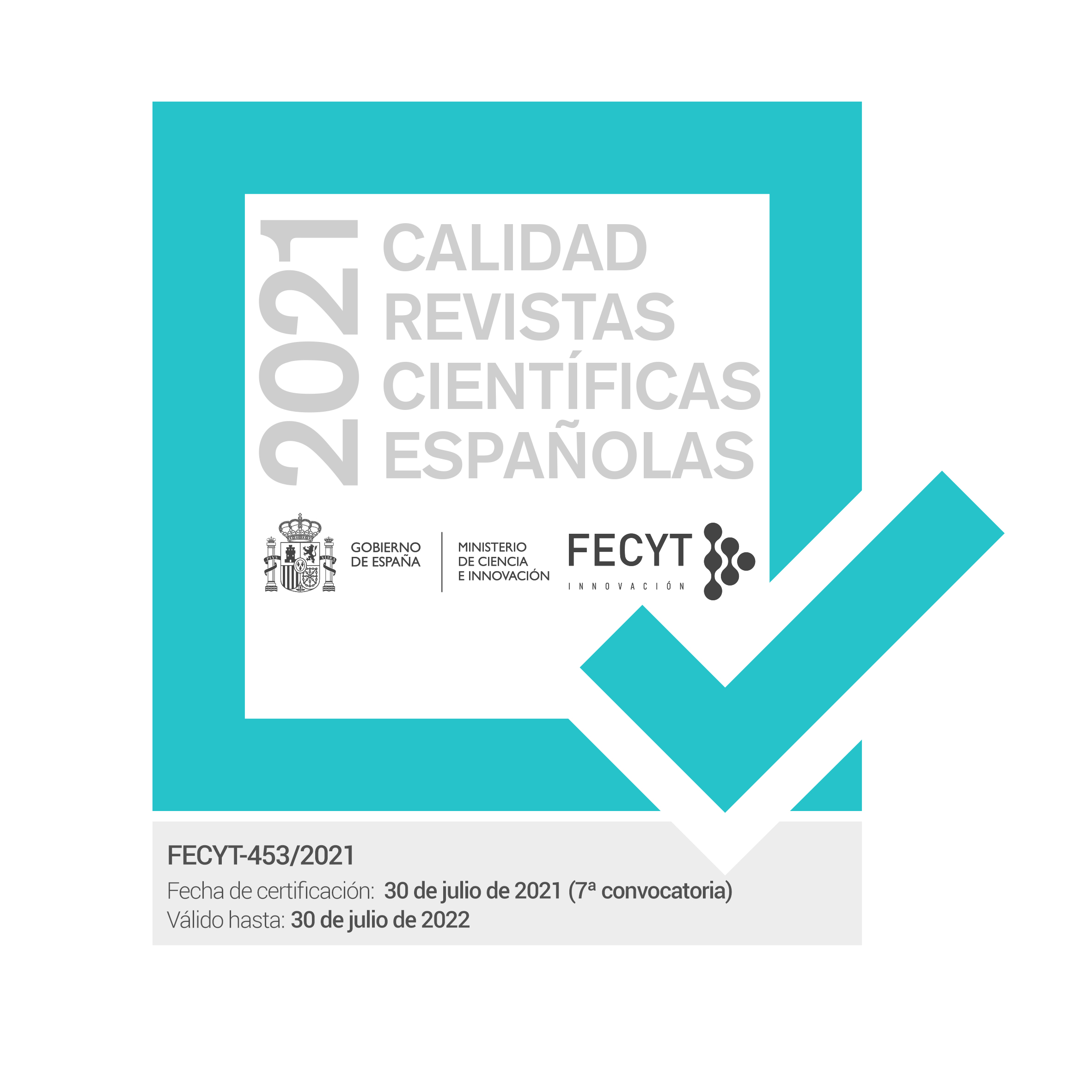Les personnages postmodernes de Paul Auster: une dichotomie relativiste/référentielle
DOI :
https://doi.org/10.18172/cif.4959Mots-clés :
Paul Auster, fiction postmoderne, transcendantalisme américain, Ludwig Wittgenstein, Ralph Waldo Emerson, Henry David ThoreauRésumé
Paul Auster est l’un des auteurs postmodernes les plus étudiés et ses romans ont été largement utilisés comme exemples paradigmatiques de la fiction de ce mouvement. À la lumière du récent débat théorique sur le disparition du postmodernisme, il semble fondamental d’explorer la manière dont Auster conçoit la nature de ce paradigme, les problèmes qu’il se pose et leurs solutions possibles. L’objectif de cet article est d’analyser deux types récurrents de personnages de l’univers austérien qui représentent deux grandes sources d’influence sur le romancier: la philosophie de Ludwig Wittgenstein et les idées du transcendantalisme américain.Téléchargements
Références
ACOSTA BUSTAMANTE, L. 2010. “Don Quixote in the American Imagination: The Reappropriation of the Icon in Auster’s The City of Glass”. In Don Quijote y la narrativa posmoderna. Ed. M. Juliá. Cádiz: Servicio de Publicaciones de la Universidad de Cádiz. 101-115.
AUSTER, P. 2004a (1985). City of Glass. In The New York Trilogy. London: Faber & Faber. 1-133.
AUSTER, P. 2004b (1986). Ghosts. In The New York Trilogy. London: Faber & Faber. 137-198.
AUSTER, P. 1993. Leviathan. London: Faber & Faber.
AUSTER, P. 2004c (1989). Moon Palace. London: Faber & Faber.
AUSTER, P. 2013. Report from the Interior. London: Faber & Faber.
AUSTER, P. 2010. Sunset Park. London: Faber & Faber.
AUSTER, P. 2006 (2005). The Brooklyn Follies. London: Faber & Faber.
AUSTER, P. 2004d (1986). The Locked Room. In The New York Trilogy. London: Faber & Faber. 201-314.
AUSTER, P. 2004e (1987). The New York Trilogy. London: Faber & Faber.
BENJAMIN, P. 1982. Squeeze Play. New York, NY: Avon Books.
BERLIN, I. 2013 (1999). The Roots of Romanticism. New Jersey, NJ: Princeton University Press.
BOXALL, P. 2013. Twenty-First-Century Fiction: A Critical Introduction. Cambridge: Cambridge University Press. DOI: https://doi.org/10.1017/CBO9780511902727
CARLYLE, T. 1993 (1841). On Heroes, Hero-Worship, and the Heroic in History. Eds. M. K. Goldberg, J. J. Brattin and M. Engel. Oakland, CA: University of California Press.
EMERSON, R. W. 1998 (1836). Nature. In The Norton Anthology of American Literature (2 vols.). Eds. N. Baym et al. New York, NY: Norton. I: 1073-1101.
ESPEJO, R. 2014. “Coping with the Postmodern: Paul Auster’s New York Trilogy”. Journal of American Studies 48 (01), 147-171. https://doi.org/10.1017/S0021875813000698 DOI: https://doi.org/10.1017/S0021875813000698
HABERMAS, J. 1981. “Modernity Versus Postmodernity”. Trans. S. Ben-Habib. New German Critique 22: 3-14. DOI: https://doi.org/10.2307/487859
MARTIN, B. 2008. Paul Auster’s Postmodernity. London & New York: Routledge. DOI: https://doi.org/10.4324/9780203937518
SIMONETTI, P. 2011. “Loss, Ruins, War: Paul Auster’s Response to 9/11 and the ‘War on Terror’”. In The Invention of Illusions: International Perspectives on Paul Auster. Eds. S. Ciocia and J. A. González. Newcastle upon Tyne: Cambridge Scholars Publisher. 13-38.
THOREAU, H. D. 1998a (1849). “Resistance to Civil Government”. In The Norton Anthology of American Literature (2 vols.). Eds. N. Baym et al. New York, NY: Norton. I: 1752-1767.
THOREAU, H. D. 1998b (1854). Walden, or Life in the Woods. In The Norton Anthology of American Literature (2 vols.). Eds. N. Baym et al. New York, NY: Norton. I: 1768-1943. DOI: https://doi.org/10.5962/bhl.title.146169
VARVOGLI, A. 2001. The World that Is the Book: Paul Auster’s Fiction. Liverpool: Liverpool University Press. DOI: https://doi.org/10.5949/UPO9781846314469
VERMEULEN, T. and VAN DEN AKKER, R. 2010. “Notes on Metamodernism”. Journal of Aesthetics & Culture 2 (0). <https://www.tandfonline.com/doi/pdf/10.3402/jac.v2i0.5677?needAccess=true>. (Access 5 October 2020). DOI: https://doi.org/10.3402/jac.v2i0.5677
VILA-MATAS, E. 2012. Aire de Dylan. Barcelona: Seix Barral.
WITTGENSTEIN, L. 1986 (1953). Philosophical Investigations. Trans. G. E. M. Anscombe. Oxford: Blackwell.
WITTGENSTEIN, L. 2002 (1922). Tractatus Logico-Philosophicus. Trans. D. F. Pears and B. F. McGuinness. London: Routledge. DOI: https://doi.org/10.4324/9780203010341
Téléchargements
Publié-e
Comment citer
Numéro
Rubrique
Licence
Les articles appartiennent à leurs auteurs respectifs qui accordent à la revue le droit de première publication, l’autorisation de la revue n’étant pas nécessaire pour leur diffusion une fois publiés. Une fois la version de l’éditeur publiée, l’auteur est tenu de s’y référer dans les versions archivées dans les dépôts personnels ou institutionnels.
Il est conseillé aux auteurs/s d’archiver la version de l’éditeur dans des dépôts institutionnels.
La revue permettant à d'autres de réutiliser les ouvrages selon les conditions de la licence CC Attribution 4.0 International (CC BY 4.0)








